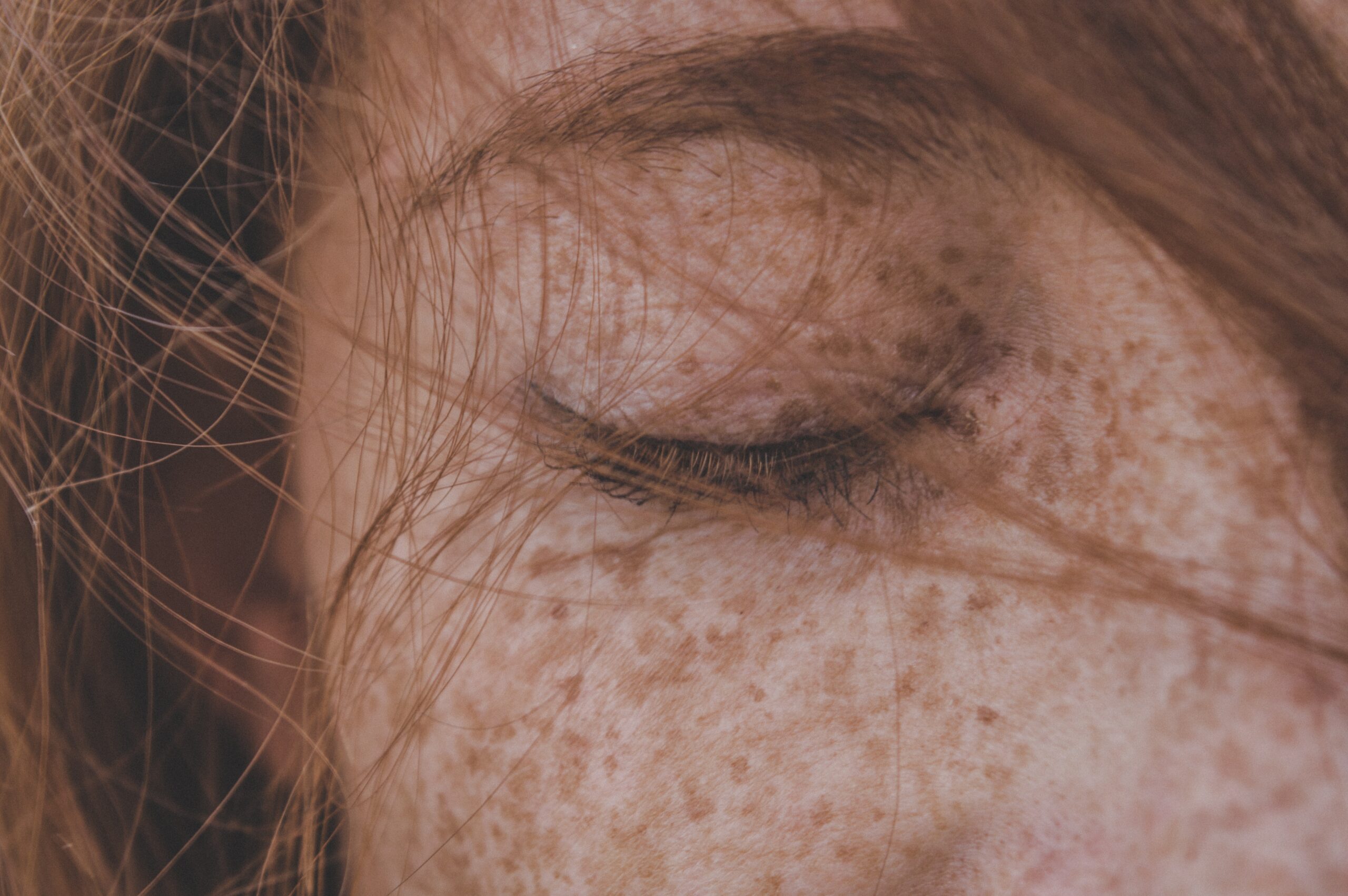Hair transplantation entails extracting small punch grafts from the hair-bearing scalp or cutting a larger piece of the donor scalp into smaller parts for use as grafts. These grafts are then transplanted to a bald or thinning scalp region. The grafts made in this way are all different sizes and shapes. Around 10-15 hairs are commonly present in round-shaped punch grafts. The micro-graft contains one to two hairs, while the mini-graft contains two to four hairs. Slit grafts contain four to ten hairs each and are inserted into slits formed in the scalp; strip grafts are long and thin and contain 30-40 hairs.
To achieve satisfactory fullness, several surgical sessions may be required, with a healing period of several months recommended between each session. For a complete transplant sequence, it may take up to two years to see the final outcome. The amount of coverage you’ll need is partly determined by your hair’s color and texture. Hair that is coarse, dull, or light-colored provides more coverage than smooth, dark-colored hair. The number of large plugs implanted in the first session varies from person to person, but the average is about 50. The number of mini-grafts or micro-grafts per session can be as high as 700.
The “donor area” will be cut short just before surgery so that the grafts can be easily accessed and removed. Punch grafts are performed with a special tube-like instrument made of sharp carbon steel that punches the round graft out of the donor site and replaces it in the region to be covered, which is usually the frontal hairline. Your doctor will cut small parts of hair-bearing scalp with a scalpel for other forms of grafts, which will be separated into tiny sections and transplanted into tiny holes or slits within the scalp. To maintain proper skin strength after grafts, your doctor can inject small amounts of saline solution into the scalp on a regular basis.
Stitches can be used to cover the donor site holes—for punch grafts, a single stitch can be used to close each punch site; for other forms of grafts, a thin, straight-line scar may result. The stitches are normally hidden by the hair around them. The grafts are spaced about one-eighth of an inch apart to ensure proper scalp circulation. Additional grafts will be used to fill in the gaps between the plugs in subsequent sessions.
When extracting and placing grafts, the doctor will take great care to ensure that the transplanted hair grows in a natural direction and that hair growth at the donor site is not harmed. The scalp will be cleansed and wrapped with gauze after the grafting session is over. For a day or two, you might need to wear a pressure bandage. Some doctors encourage their patients to heal without the use of bandages.






